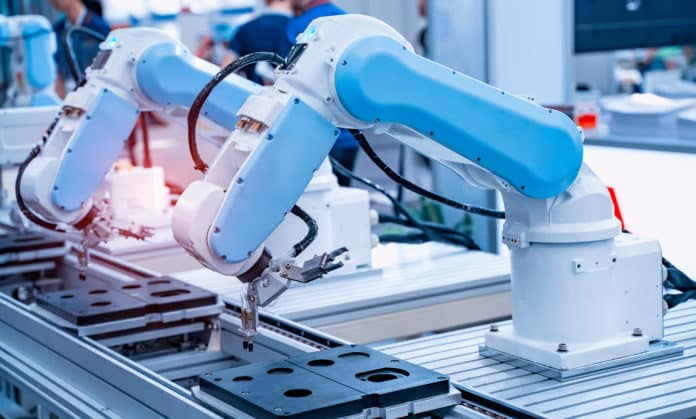The not so good news is that, although they are heavy-duty and built to last, they can suffer from wear and tear just like any other mechanical device. As extreme environments are the standard for installations, adopting the proper protection methods for machines can be imperative.
Why protect industrial robots
In a little more detail, industrial robots can break down for several reasons if they are not cared for properly. With consistent movement, components can deteriorate, and factoring in environmental aspects like high dust/pollutants in the air, friction, high levels of thermal exposure and more, functionality can be put at risk. When a robot’s operational lifespan can cause businesses to lack productivity and lose both time and money, it becomes clear that protective measures can be worthwhile indeed.
How to protect industrial robotics
Some of the best methods of protection for these installations are protective covers for robots. These are designed and manufactured with the specific needs of heavy machinery in mind, with a focus on shielding heat and abrasion, while minimising friction and the build-up of dust, ash, dirt, paint, oil and other unwanted particles.
These can come in all shapes and sizes to meet the requirements of varying machines and their functions. Some examples are:
- Thermal sleeves – these work to insulate components for industrial robots that produce high amounts of heat radiation
- Paint jackets – as the name suggests, these can be used to prevent build-up from over-spray and spills in areas where paint is heavily used
- Welding heat covers – like paint jackets, these are a little more specialised and can be used to protect robots that are exposed to moderate/high volumes of metal slag
- Sandblasting covers – these are typically made from rubber to protect machinery from the impact and build-up of sand particles
- Custom covers – many companies specialising in industrial protection will offer custom products to ensure the needs of the machine and client are properly met
Getting the right protection
Research can be a worthwhile endeavour to define exact requirements before making a purchase. Companies should be on the lookout for top-quality materials, such as high-temperature fabrics and ones that are specifically designed for the task at hand. After all, the better the quality, the better the protection.
If you are looking for more information and advice on the topic of protection of industrial robots, visit Evotec by clicking the link!





